#cotton cloth fabric
Explore tagged Tumblr posts
Text
How Sri Sakthi Textiles Became the Top Choice for Cotton Fabric in Erode?

In the bustling textile hub of Erode, there’s a place where quality meets tradition Sri Sakthi Textiles. Decades ago, this family-run business began with a single mission: to craft the finest cotton fabric for people across India and beyond. Word spread quickly as Sri Sakthi Textiles earned a reputation for quality and reliability, becoming the go-to source for cotton fabric in Erode.
As the business grew, so did their collection. The team introduced modal fabric, a soft and sustainable choice that quickly became a favorite among fashion designers looking for that unique blend of comfort and elegance. Soon after, they added linen fabric, perfect for those seeking a breathable, natural look that’s as stylish as it is timeless.
Each roll of fabric tells a story of craftsmanship and care, woven with the dedication that Sri Sakthi Textiles has stood by for generations. Today, designers, artisans, and businesses from all over trust Sri Sakthi Textiles to provide the very best. They know that every fabric—from cotton and modal to linen—is crafted with love and a commitment to excellence, making it an ideal choice for anyone looking to bring their creations to life with a touch of authenticity.
#cotton fabric#modal fabric#linen fabric#viscose fabric#rayon fabric#cotton blend fabric#cotton fabric material#cotton blend#cotton cloth material#poly fabric#cotton shirting#cotton fabric cotton fabric#cotton and fabric#modal cloth#rayon cloth material#cotton fabric cotton#fabric and cotton#cotton cloth fabric#fabric cloth cotton#fabric cotton material#twill cloth#cotton blend cloth#blending of cotton#kinds of fabric cloth#cotton and cotton blend#varieties of fabric#modal cloth material#modal in fabric#modal material fabric#rayon material fabric
0 notes
Text
Sustainable Fabric Supplier: Pioneering the Green Revolution in Textiles
In a world where environmental consciousness is no longer a buzzword but a way of life, the textile industry is undergoing a remarkable transformation. Sustainable and eco-friendly fabrics are at the forefront of this revolution, and finding the right sustainable fabric supplier is crucial for businesses committed to making a positive impact on the environment. In this blog, we will delve into the world of sustainable fabrics, the role of a sustainable fabric supplier, and how this industry is driving the green revolution.
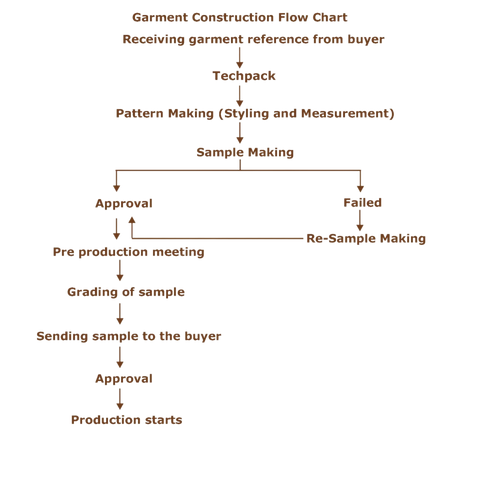


3. *Tencel and Modal*: These fabrics are produced from sustainably sourced wood pulp, often from eucalyptus and beech trees. The closed-loop production process minimizes waste and water usage. 4. *Recycled Fabrics*: These include textiles made from recycled plastic bottles or post-consumer textiles, reducing the need for virgin resources. 5. *Khadi*: Khadi is handspun and handwoven fabric, and its production supports traditional craftsmanship and rural livelihoods. 6. *Peace Silks*: Also known as Ahimsa silk, these are produced without killing silkworms, making them a cruelty-free alternative.

The Role of a Sustainable Fabric Supplier A sustainable fabric supplier plays a critical role in bridging the gap between environmentally conscious businesses and the growing demand for sustainable textiles. Here are some key responsibilities of a sustainable fabric supplier: Curating a Diverse Range of Sustainable Fabrics One of the primary responsibilities of a sustainable fabric supplier is to offer a wide variety of eco-friendly textiles. This ensures that businesses can find fabrics that align with their specific needs, whether it's for clothing, home textiles, or other applications. A diverse inventory of sustainable fabrics enables designers and manufacturers to make eco-conscious choices without compromising on quality or aesthetics.
Ensuring Transparency and Traceability Transparency is essential in the world of sustainable fabrics. A reputable supplier will provide detailed information about the sourcing and production of each fabric. This includes details about the cultivation, processing, and certification of the textiles. Transparency ensures that the fabrics meet the required environmental and ethical standards. Meeting Certification Standards Sustainable fabrics often come with certifications that validate their eco-friendliness. These certifications, such as Global Organic Textile Standard (GOTS), OEKO-TEX, and Fair Trade, provide assurance that the fabrics are produced with minimal harm to the environment and fair labor practices. A reliable sustainable fabric supplier will stock fabrics with relevant certifications, making it easier for businesses to choose the right materials. Providing Custom Solutions Different businesses have different needs. A sustainable fabric supplier should offer customization options that allow businesses to tailor fabrics to their specific requirements. Whether it's custom colors, blends, or finishes, these options enable brands to create unique and sustainable products that resonate with their target audience.
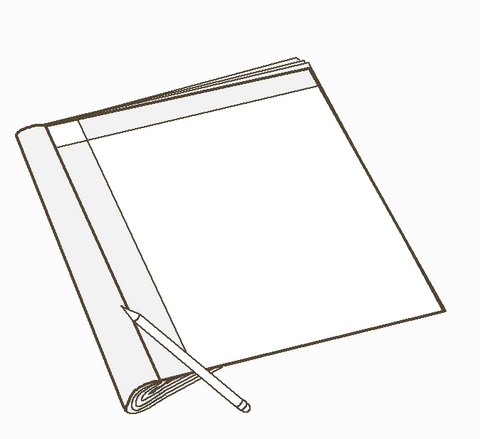
Supporting Sustainable Practices Collaboration with a sustainable fabric supplier is more than just a transaction. It's a partnership in supporting sustainable practices. Suppliers often work with manufacturers to ensure responsible production and offer guidance on reducing waste and optimizing processes. Sustainable Fabrics: A Game Changer for Fashion and Beyond Sustainable fabrics are not limited to a niche market; they are gaining momentum in the mainstream fashion industry. Brands are increasingly adopting sustainable textiles as consumer awareness about the environmental impact of fast fashion grows. Sustainable fashion is no longer a trend; it's a paradigm shift.


Choosing the Right Sustainable Fabric Supplier Selecting the right sustainable fabric supplier is a decision that can impact the trajectory of your business. Here are some factors to consider when evaluating potential suppliers: 1. Product Range:* Look for a supplier with a wide range of sustainable fabrics, so you have a variety of options to choose from. 2. Certifications:* Ensure the supplier's fabrics are certified by recognized organizations, as this provides assurance of their sustainability. 3. Transparency:* The supplier should be transparent about the sourcing and production of their fabrics. They should provide.Share
Back to blog
Leave a comment
Name *Email *Comment *
Please note, comments need to be approved before they are published.
#organic cotton fabric for baby clothes#organic fabric dye#organic cotton fabric suppliers in india#fabric and cotton#fabric from cotton#clothing brands from india#cotton cloth fabrics#cotton material fabric#fabric cotton fabric#cotton fabric#fabric for lehenga#cotton cloth#fabrics stores#fabrics for kurtis#cotton cloth fabric#knitwear material#online fabrics store#knitted fabric material#fabric online stores#cotton materials online#knitted fabric#giza cotton#best indian clothes brand#printmaking fabric#linen fabric linen fabric#linen fabric material#linen cloth material#brands of clothes#brands for clothes#brands in clothes
0 notes
Text
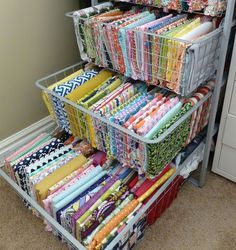
How to Build a Fabric Stash without Breaking the Bank
Fabric can be expensive but it doesn’t have to be. If you are not stuck on Name Brands or Specialty Fabric Store Exclusives here are some ways to build your fabric stash without costing an arm and a leg. I have made many beautiful quilts using various fabrics from various supplies. And I believe that the quality is not just in the fabric you use but also in your stitch work and seams sizes. If your seams are less than a ¼” they will not hold (personally I prefer to use a ½” seam allowance). If you are not securing your thread ends, your stitch work is going to come undone. So be sure to watch these things too.
Look for fabric at your local Thrift Store (Goodwill, Value Village, etc.)
I have found some wonderful fabrics in various sizes, notions, storage items and more at my local Thrift Stores. I have even found unfinished quilt tops that I have brought home and added a backing to then quilted. Remember that almost any size fabric remnant can be added to other remnants to make some wonderful scrappy quilts so save your own remnants after making a quilt, you may be able to use it later in another quilt.
Look for local Fabric Sales held by Quilting Guilds in Your Area.
We have 2 near me every summer.One charges $2 per pound for any fabric. The second one charges $2 per yard for any fabric. Both also sell batting, notions, books, machines, tools, and more.
Look for fabric on Facebook Marketplace, Nextdoor and other sites.
I sell extra fabric on Marketplace and Nextdoor. I have also found several ladies near me selling fabric that I have purchased. And some I have purchased with shipping to me.
Look for older 100% Cotton Sheets at your local Thrift Stores.
Back in the 1800’s and early 1900’s, Quilts were not show pieces. They were real functional blankets that were made from any and all fabrics they could get, usually used clothing. I think there is no reason why we cannot still do that instead of buying expensive fabrics. I have often used clothing, sheets, curtains, and other linens to make some wonderful, usable quilts. And there are some wonderful patterns you can use for quilts in bedsheets from the 1980’s and 1990’s. Note: I always wash anything from a Thrift Store before I use it.
Watch for Fabric Sales and Coupons for Joanns, Hobby Lobby and other Fabric & Craft Stores.
I know some quilters believe that the fabric from Joanns & Hobby Lobby is poor quality but I have not found any bad fabric from these stores. We do not have a “Quilting” store close to me and because I’m handicapped, I will not drive an hour or more just to buy expensive fabric. If I did that, I wouldn’t be able to afford to quilt. I will also buy fabric from Walmart but I am more careful with my selection there as most fabric at Walmart is good but I have had one or two pieces that I felt were poorer quality.
Watch for Fabric Sales and Coupons for your Local Quilt Shop.
Quilt shops will also have occasional sales and/or coupons so if you prefer to shop at these locations take notice of when they have sales. Also ask if they ever give discounts to seniors or military.
Use New or Older Clothing.
I have made a lot of beautiful Memorial Quilts from a loved one’s clothing and T-Shirt quilts. I will use jeans, work shirts, uniforms, flannel, cotton, polyester and even some knits. These can be a little trickier to work with because they are often stretchy fabrics but they will add a wonderful texture and visual variance to your quilts. I recently found a pair of cotton pants with Mickey Mouse on them. I fell in love with them because they were so colorful, and I love bold colors. I found several other cotton fabrics that matched the colors in the Mickey pants and made a bold colorful quilt!
Rethink Your Backing Fabric
No one ever said your quilt backing had to be all New Cotton. You can use Fleece, Flannel or Bed Sheets as well. On many occasions I have found some wonderful fleece blankets on clearance and used these for my quilt backing. Joanns right now has a great clearance sale on Flannel fabric. The best part about using some of these is that you can get then in a wider width so you may be able to make your backing in all one piece instead of 2 or more like when using regular cotton (unless you want your backing to be in various colors/patterns). You can also use new or older cotton bed sheets for a quilt backing. Again, you can make your quilt backing in one solid piece with a sheet!
Check the Clearance Section for Your Favorite On-Line Stores
I have several on-lines stores that I love to shop from (e-Quilter, Missouri Star, etc.) but sometimes they can be expensive so I always check the clearance section of these stores. There are times I will find some beautiful fabrics on clearance so will purchase it then look for matching piece everywhere else so I can get the best deals. Also check for on-line sales from Joanns, Hobby Lobby and other on-lines stores that sell fabric and/or sheets.
Check Out Your Local Garage, Moving and Estate Sales
I have found some of the best deals at moving and estate sales because often the seller is willing to bargain with you. I once found an estate sale where a family was selling off all their mother’s quilting and sewing items because she had passed away and none of then sewed. There was more fabric and notions than I would have used in a year so I found lots of thread and items I purchased at a great price.
Note on Batting
I know that many quilters believe that the only batting you should use is expensive cotton batting. I disagree. There are many forms of batting. Cotton/Poly blends, Polyester, and Fleece. I love cotton batting but cotton will break down quicker than polyester and I want my quilts to last a lifetime so for most of my quilts I actually use Polyester more often than not. I have taken the backing off many older quilts to do repair work and the cotton batting inside was all balled up and a real mess.
Now when I am doing the Quilt-as-you-Go method I use a Fleece batting. The fleece can be cut into smaller pieces, fabric added to the top and then sewn back together to make wonderful quilts. And the batting doesn’t get stuck in my machine.
Shop Around for your batting to find the best deals. Sometimes Joanns has a sale on batting but the best price I have found so far has been Walmart on-line. I can buy a 96” x 9 yard Bolt of Poly Batting for just $30 on Walmart on-line. This bolt will make 4+ quilts depending on the size of the quilt and I will have lots of left overs for smaller projects like pillows, etc. For me the best part is that because it’s 96” wide, I don’t have to piece together my batting before I can sandwich my quilt!
#crafts#gifts#decor#sewing#quilting#briar rose quilts#bedding#shopping#quilters of tumblr#fabric#fabric stash#quilts#fabric art#textile art#clothing#sheets#sales#fleece#cotton#batting
115 notes
·
View notes
Text
So, I felt like sewing today.
I remembered I had a piece of curtain that I intended to turn into a t-shirt, I found it in a thrift store for 50 cents and thought how I would really like a shirt with this pattern! It's a very old, woven piece of fabric, made out of pure cotton, and it's very strong and durable, and not transparent at all, with pretty blue leaves and berries on it.
I looked trough all of the t-shirts I own, and found this purple one had a very interesting collar, and I liked the way it looked on me, so I decided to duplicate that same shirt.
If I was really wanting to make it perfect, I'd make a pattern out of paper, then copy it to the fabric, then cut. But I just went straight to cutting, I feel like I can guesstimate this out.

I've made a pajama shirt once, so I've learned that the hardest thing to make is the collar. I spent some time figuring out how to make a neat-looking collar this time, and it took me a few tries to overlapping this blue fabric on one side and the other before I figured it out. But I think this collar can work! I specifically used some stretchy fabric to make it easier on myself. Here's the recreation of the collar:

I sewed the sides together, which was easy, and now the last, most annoying step, to make the sleeves, and to sew them on. Last time I sewed on the sleeves wrong 3 times in a row, I hope this time to get it right slightly sooner.
I realized at this point that the sleeves would look the best if I put the same collar-type ending on them, and it was soo annoying, I am doing this with needle and thread, and my technique required sewing it twice. So I was annoyed. The sleeves were also slightly poofy in the original, so I made sure to add a slight poof to them here as well. It felt like I spent an hour doing each one, but when they were done, they looked so good, I don't regret putting in the extra effort.
I actually managed to put the sleeves on correctly on the first try, which was a huge relief. And she's done!

I'm actually a bit surprised that it doesn't even look that hand-made, it seems the neat collar makes it look like a real shirt. I can actually wear this outside, and fulfill my dreams of looking like a 90s curtain! It feels so very good on my skin though, it's light-colored so it's great for the sunny weather, it will not easily wear out or fall apart because it's woven! That is an actual non-transparent, durable white shirt, something you can't get that easily anymore. It took me about 7 hours to make by hand.
Also if you're wondering why I couldn't tidy up my bed the whole time I was doing this. Well. I had priorities and also I am being honest on the internet about living in a messy bed. It would have been lying if I had tidied it up :) (And to be extra honest it's just a mattress on the floor, I migrate to the floor sometimes.)
#sewing#copy paste shirt#cotton shirt#diy#making clothing#making shirts#reusing old fabric#curtain fabric#curtain to shirt#i immediately wore this outside lol#i am in love with the shirt#i am going to brag to everyone abt it
25 notes
·
View notes
Text



📢 Unlocking the power of scrolling! A few days ago I’ve discovered an incredible project by chance on instagram - These images campaign (which I absolutely ADORE) were shot for the ‘Cotton, Our Pride’ project, promoted by the Ethical Fashion Initiative - In celebration of ‘World Cotton Day’, 10 African designers were invited to create unique pieces from the fabrics produced by the EFI’s network in Benin, Burkina Faso and Mali. Each designer was supported by the EFI at every stage of the process, from the choice of fabrics to the finalization of the collections - this approach has strengthened a deep connection between hashtag#designers and hashtag#artisans, elevating both hashtag#craft and hashtag#culture. Sustainability is inclusive, human-centered, and deeply creative. But first, let me say: SUSTAINABILITY IS COOOL 🔥
.:. MONDAY STORY .:.
✨ New week, new story. ✨
credits: @manjujournal
#sustainability#cotton#mood#fashion#contemporary#creativity#design#art#studioriver#fabric#cloth#worldcottonday#research#innovation#craftsmanship#photography#mondaystory#manjujournal
12 notes
·
View notes
Text
I really wish more stuffed animal tutorials showed anything at all to display the scale of the thing because it took me a few minutes to realize if I printed the template at the size it told me to I'd end up with a foot tall plushie and I'm not sure if I want that
#rambles#i hope this goes well#if it does I'll have a plushie of a character ^^#and possibly my siblings noticing its the same character as in a painting on my wall#oh well#i have the fabric anyway cause i made sure to get enough blue for this when i got fabric for my snail#...actually i hipe i have enough#hope*#because depending on how big this ends up i might have to buy more#plus i wonder if i should just make the clothes out of the same fleece#instead of just flat cotton#oflr maybe some other fabric that isnt so thin#*sigh*#i overcomplicate things#i know i need more white anyway#oh fuck how am i going to make the hair?????#*confused screaming*
7 notes
·
View notes
Text


waistcoat :^)
#there are a number of problems (e.g. whatever's going on w the collar seams) & things I still need to do (cloth buttons; lacing in the back)#also I don't have an iron so it's a little sort of. idk. puffy still#BUT. the important thing is I proved that I can handsew a decent waistcoat in half a week if I want to! yeehaw & all that#I'm v pleased w myself for that :^)#and also now if I do it again w better fabric (I could literally only find cotton in this town for some reason) I'll know what to improve#thoughts#I might also take some better photos when I do the details & it's not after midnight asjdkjkgfj#& when I can hunt down a cravat
240 notes
·
View notes
Text




























sewing related words
#lace#elastic#embroid#cloth#design#pin#project#pleat#ribbon#silk#trim#yarn#thread#scissors#seam#wordmojis#emojis#emotes#discord emojis#custom emojis#words#pattern#fabric#cotton#button#needle#knit#plush#hem#stuff
8 notes
·
View notes
Text
Does anyone have any recommendations for easy beginner sewing projects, specifically for simple clothes? (preferably items so simple you can draft it yourself or there's a free pattern available)
I'm trying real hard to break out of my decision paralysis
#sewblr#sewing#clothes making#idk what else to tag to get sewists' attention 😭#I am currently looking at apron tutorials so i can make one for mum's christmas present#but i would like to have another lined up after this#so i dont just stop at one thing because my brain's like well ''that's enough dont need to do more''#i have mostly linen and cotton fabric so i cant really do something with stretchy fabric rn
15 notes
·
View notes
Text
Do I need more clothes? No, probably not.
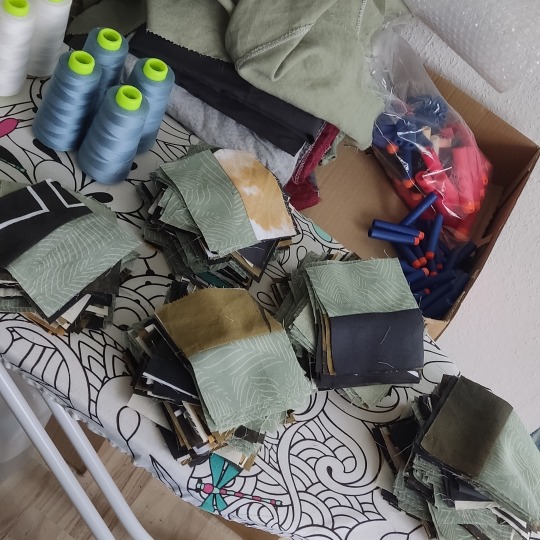
But I've got all these squares now. And I did math and adjusted my skirt pattern. And the bodice pieces are already cut out.
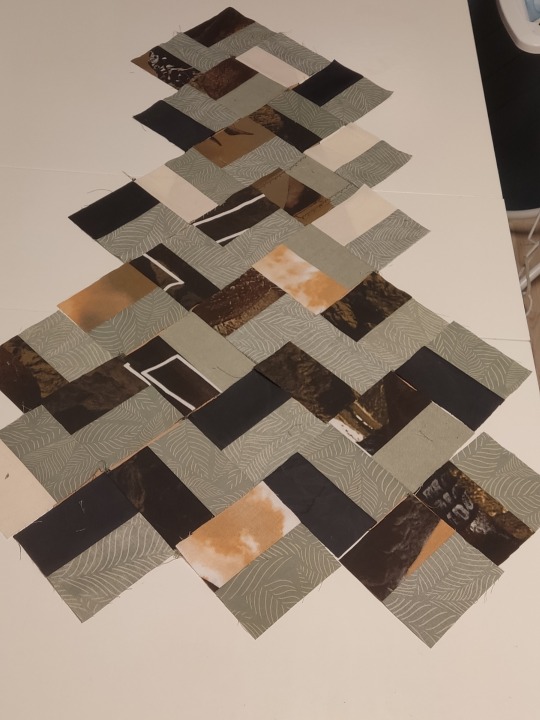
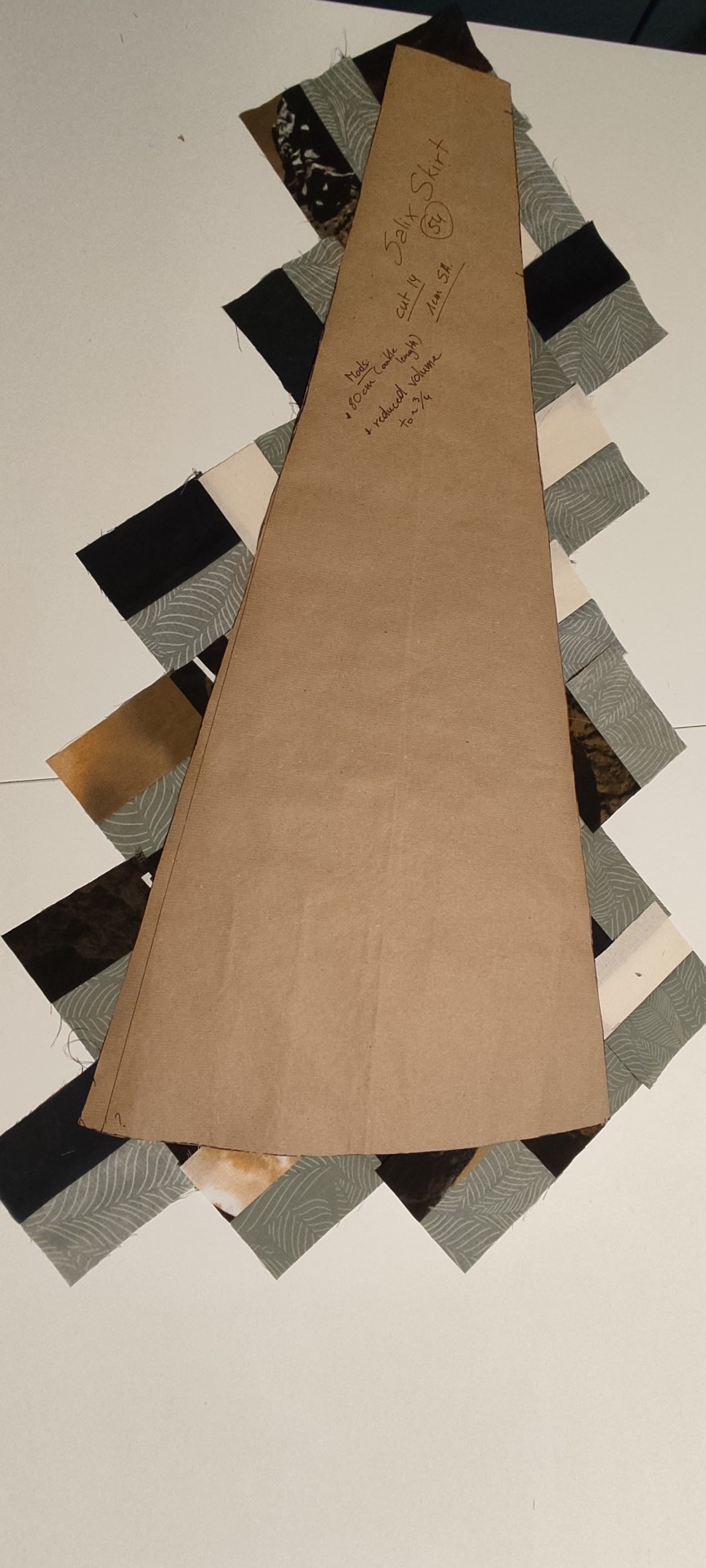
And, and... I would have to turn these into an actual quilt if I don't, and I'm pretty much out of materials to do that.
#sewing#patchwork#quilting? probably not#it's gonna beeeee#the Hinterland Dress by Sew Liberated for the bodice#with the back elastic hack and a 3/4 sleeve minus the cuff#Salix Skirt by Unendlich Schön#lengthened to 80 cm and reduced to 3/4#with that pocket mod I did on my last blue dress#patchwork/quilt pattern is Spiny Peaks by Modafabrics#fabric is a mix of leftovers from mostly bedsheets and a little bit of ikea linen and white calico cotton#yes another dress#sometimes adaptive clothing is wearing house dresses wherever#no ibs issues no sensory issues no trying to be office appropriate through morning brain fog#i technically maybe have enough backing fabric#but I don't have batting and no batting money#so flat lined skirt it shall be#trust issues dress
16 notes
·
View notes
Text

Quilts
Quilting has a long history that can be traced back to ancient civilizations. The earliest known evidence of quilting is an ivory carving of the Pharaoh of the Egyptian First Dynasty, which dates to around 3400 BC.
A quilt is decorative textile, often used as a bedspread, made by stitching together a top, middle, and bottom layer of fabric.
Quilts are practical and beautiful bed blankets that keep you warm on cold nights. Some Quilts are works of art that can be hung on a wall for display. The Tristan Quilt (14th century), made in Sicily, is one of the earliest surviving examples of a decorative quilt.
But Quilts can also be so much more!
Quilts can be loving memories of someone we lost, of our past, of family and can tell a story.
Quilts can be a tribute to our life's work or military service.
Quilts can be a security blanket and support for a frightened child or the sick.
Quilts can be used on windows or doors as draft stoppers like tapestries of old.
Quilts can be used as tents or forts for children's play time.
Quilts can be beautiful, unique gifts for someone else or yourself.
Quilts can be made into practical garments such as jackets, capes & skirts. (Crusaders in the Medieval Days, wore quilted garments under their armor)
Quilts can be used to recover upholstered furniture like stools & chairs.
Prior to the development of the sewing machine, quilting was always done by hand, sometimes with a long running stitch or by hand tying. Women would get together to hold a "Quilting Bee", a group to help complete the hand stitching of a large quilt. Quilts were traditionally made from cotton and when times were tough people would turn old clothing into quilts. The original Reuse, Repurpose, and Zero Waste!
In today’s world, some will try to tell you that Quilts should only be made from Top Brand Quilting Cottons but really Quilts can be made from almost any fabric: cotton, polyester, wool, flannel, t-shirts, uniforms, etc.
Read about the History of Quilting here:
Read about Quilting here:
#crafts#gifts#decor#sewing#quilting#briar rose quilts#bedding#shopping#quilters of tumblr#history#history of quilting#quilts#quilted clothing#quilted decor#quilted furniture#blankets#quilted bedding#wikipedia#tapestries#textile arts#textiles#fibercrafts#weaving#fibre art#fabric#fabric art#cotton#flannel#fleece
7 notes
·
View notes
Text

arei gets a little silly with a flammable stage
#drdt#danganronpa despair time#despair time#drdt fanart#drdt arei#arei nageishi#she’s just a little guy#a little silly#be gay commit arson#slay <3#the second clothing layer on the chest is bothering me ughhhh it’s supposed to be like cotton fabric? not as shiny as the others? but#it just looks so incomplete ughh
84 notes
·
View notes
Text
I, for one, firmly believe that jeans are a social construct
#jay rambles about life.txt#it's just very specific cotton fabric made with specific blue dye. it doesn't mean anything#jeans aren't real. there's no single clothing item defined as 'jeans' in the same way as a 'hat' would be#ergo statements like 'oh but light denim jeans aren't really jeans' are completely asinine. what are you even talking about
7 notes
·
View notes
Text

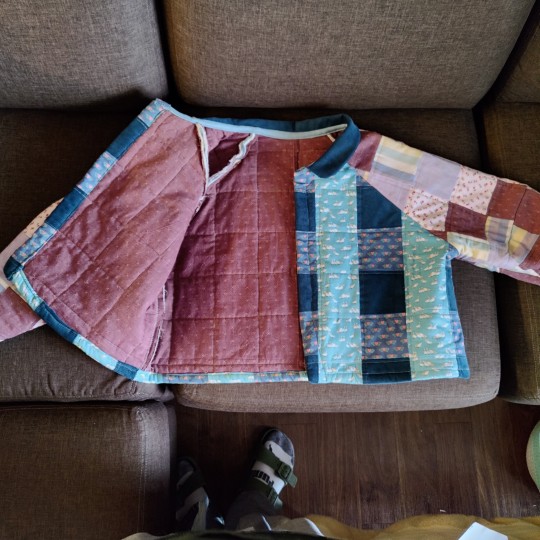

finished my patchwork jacket 😁😁
#this was such a perseverence project i've never quilted anything so sewing the patches and quilting and sewing the pattern... omg....#my goal is to be more sustainable with clothes shopping habits so now if i want something i have to make it vidkkskcjs#i want to remove as much polyester as possible so this is all cotton / linen / bamboo#i got some fabrics from a thrift store and the rest from my local sewing shop. very excited to sew more! i haven't sewn much in years!#salad dad#my art
19 notes
·
View notes
Text
Got a haori planned out!
Also look at my new fabric!!!!!!

#kimono#sewing#clothes#fabric#japanese#dinosaur#black and pink#cutecore#cute things#cute animals#kawaii aesthetic#kawaii#kawai girl#japan#haori#vest#cotton#side projects
5 notes
·
View notes
Text
This post kinda pisses me off

The reason is thar most clothes are made of stretch fabrics and synthetic fibers, which don't crease and wrinkle so they don't need iron8ng. They are also cheaper to make and worse for the environment AND WORSE FOR YOU!!!
High quality cotton fabric is durable and long lasting, it also breathes well, meaning you are less likely to get sweaty and develope rashes or exema. The downside is that it needs a bit more maintenance, no tumble drying, watching the temperature when using the washing machine.
And why can I not find clothes made from.linnen fabric anywhere. Linen is an amazing material, it is light, airy and cooling in summer, while also keeping water out when it rains, and it barely absorbs odours, the only downside is that it crinkles like a dollar bill, so you gotta iron it or it looks like ass.
And what about fucking wool, you can barely get anything that is wool and not some cotton or synthetic blend. Sheep wool is like the best natural insulator, that shit will keep you warm even if it is literally soaked. It is stretchy too and also barely absorbs odours. BUT downside, you gotta be careful washing it, because I'd you aren't careful, it will shrink.
These materials are sustainable, healthy, functional, good for the environment but they require a bit of care and maintenance. People are selling you shittyer cheaper products at high prices and claiming hiding the cost and shittyness behind the convenience of care. No shit you don't gotta take care of the shitty fast fashion you get these days. Why even bother laundering it, it's probably cheaper to toss it in the trash and get a new one.
2 notes
·
View notes